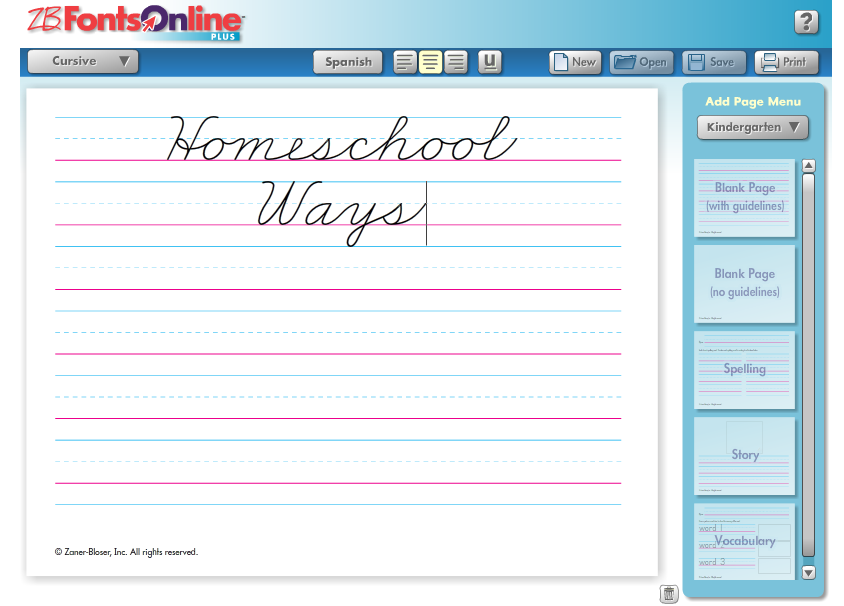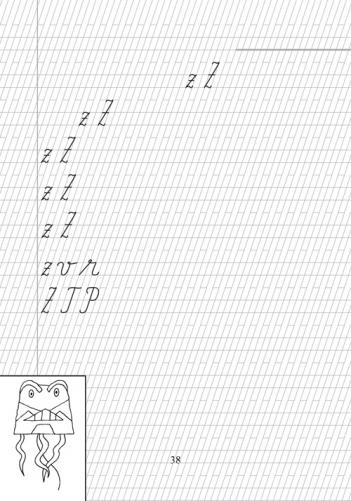If you have been reading this blog for a bit, you may know that I do not believe in teaching manuscript first and then cursive. In fact, I don’t believe in teaching manuscript at all. My children will experience what I did when I went through school: cursive first and only.
In preschool, they learned to print: MAMA LOVES ME, for instance. In the second semester of kindergarten, they started learning cursive. By first grade, they would be ready for copy work and a writing program. We spend most of first grade perfecting handwriting, all in cursive.
Romanian children and children elsewhere have done it for centuries. Manuscript first is a relatively new phenomenon and the result of extremely liberal principles introduced in education, one of them being dumbing down the curriculum. I am surprised by the number of conservative people who have not looked into this issue more carefully.
Since small children may not have the tactile skills for holding a pen properly, I have always made it a goal to wait until mine were at least six years of age before starting cursive. My daughter is one month away from being six, but she recently asked to start cursive. Continue reading


